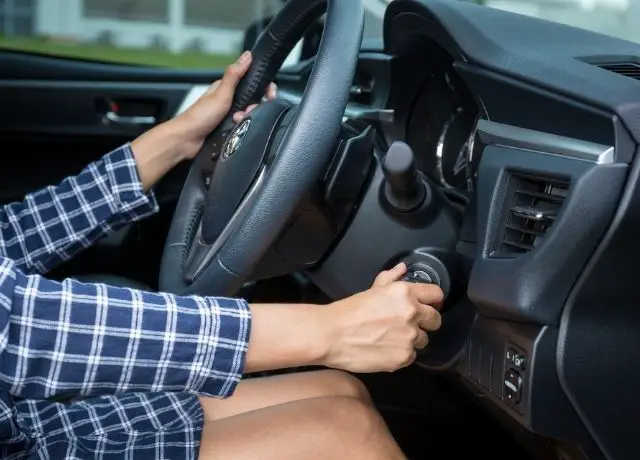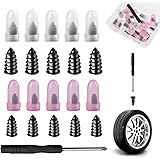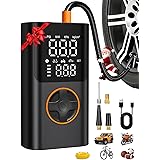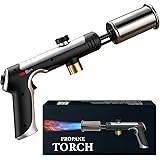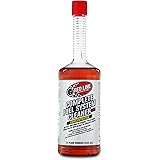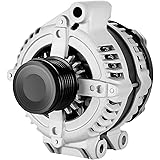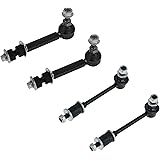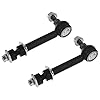Table of Contents
Starting a car with a bad starter can be an intimidating task for anyone who is not familiar with the process. However, starting a car with a bad starter is possible, and you don’t need to be a professional mechanic to do it.
In this article, we will go over 13 ways how to start a car with a bad starter, as well as discuss several signs of a bad starter so that you will get working as soon as you notice any of them.
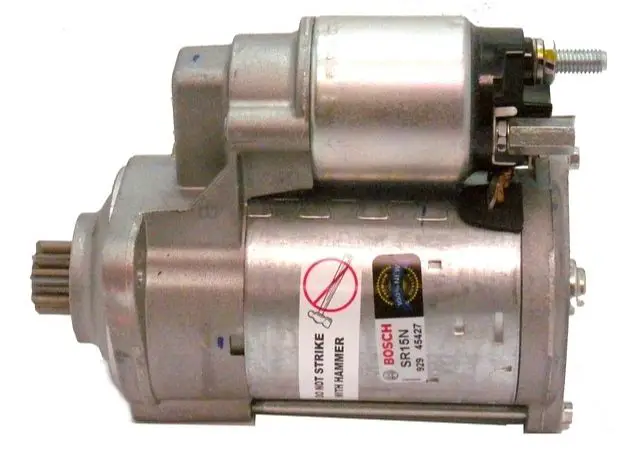
What Is A Starter?
A starter is a device that provides the power necessary to start an engine. It is a crucial part of the vehicle and uses power from the battery to do its job, which is to start the engine. It’s impossible to get a car going without a starter.
Turning the key activates a circuit that delivers a signal to the starter solenoid, which in turn rotates and engages the flywheel ring gear, spinning it until the engine starts.
Examining the car’s starter motor may help diagnose starting problems. If it’s malfunctioning, your car might not start.
But before we start a detailed guide on how to start a car with a bad starter automatic, have a look at signs of a bad starter motor.

Signs Of A Bad Starter:
There are several telltale signs of a bad starter motor, a few of the most common are as follows.
Car Not Starting Even With a Fully Charged Battery:
When a completely charged battery still doesn’t get your vehicle going, it’s time to check the starter. If the car’s starter isn’t working properly, the engine won’t turn over. Any of these signs could indicate a faulty starter.
You may tell anything is wrong when you turn the ignition key and a grinding sound occurs. This noise is caused by the starter motor gears not properly meshing with the flywheel.
If you turn the key and nothing happens, either with no noise or no action, that’s also a warning indicator. If your car has been having these problems, you should get the starter checked.
Slow Starting Speed:
It’s not just a coincidence if your ride takes a long time to get going. A faulty starter can be a source of trouble for a lot of people, and it can act up at any time.
If your car is taking longer to start than usual, try connecting the battery to a voltmeter. If the battery power is full, the faulty starter motor is likely to blame.
An Oil-Soaked Starter:
When your car won’t start, it’s possible that your engine is leaking oil, which might cause starter issues.
To avoid an expensive problem, contact a professional immediately if you notice any indicators of oil leaks.
Strange Click Sound:
Many drivers have reported hearing a weird click sound when trying to start their vehicles. When the starter circuit begins to click sound, it usually means it’s on its last legs. The good news is that there are some things drivers may take to avoid this scenario.
The very first thing you need to do is always make sure the battery terminals are clean. In order to prevent electrical issues, the terminals should be clean and free of any corrosion or debris. The next thing to do is check that the battery is fully charged.
Step three is to schedule routine starter maintenance.
Smoke Coming Out of the Car:
If you keep trying to start the car, you could eventually burn out the starter. Since it is part of the vehicle’s electrical system, the starter circuit is vulnerable to problems like short circuits and blown fuses.
When you notice smoke coming from your car, get out immediately. Don’t try to start your vehicle if you encounter any of these symptoms; instead, get in touch with a professional mechanic as soon as possible.
Dimming Interior Lights:
The dimming of your car’s interior lights upon key turn may be due to a short circuit in the starting wire. Because of this, the starter consumes more power, leaving less juice for things like the car’s lights and ventilation system, which can eventually cause issues.
A Whirring Sound:
If your starter isn’t doing its job properly, the engine will start “freewheeling,” another name for the phenomenon. The sound is easily recognizable as the result of a failing starter. It appears that the freewheel is operating independently from the electric motor.
Now that you know the signs of a bad starter, let’s get right into how to start your car with a bad starter.
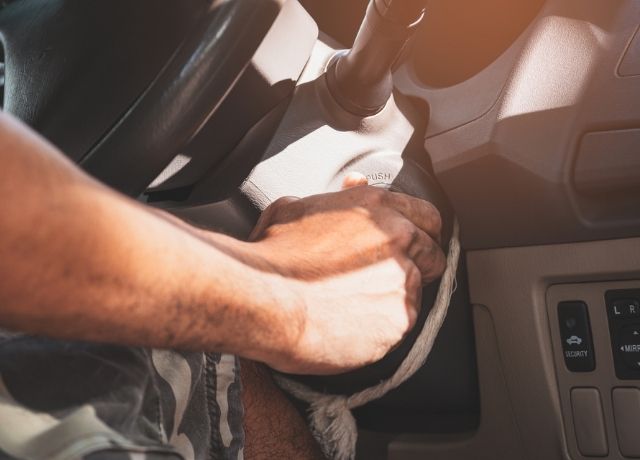
How to Start a Car With a Bad Starter? 13 spectacular ways.
Here, we’ll talk about 13 spectacular ways that will help you understand how to jump-start your car with a bad starter.
Look For Improper Connection:
Before jumping to any other conclusions, the loose connections must be examined. This is because a faulty connection between the starter circuit and battery is often the root cause of a vehicle that won’t start.
If you touch the positive wire, you can see if the connections are secure. Shaking the wire that leads to the starter circuit is a good way to check for loose connections.
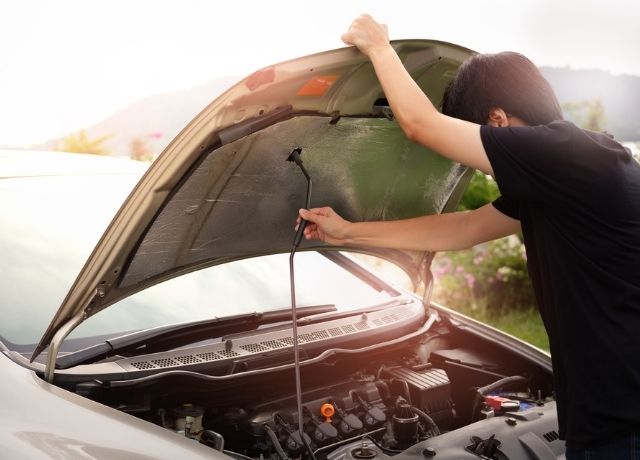
Inspect The Engine Ground Connections:
To begin with, the starter’s power cable doesn’t come from the battery power. The wire actually originates in the transmission and makes its way to the starter. However, the transmission gets its ground from the cables that link it to the car’s frame.
Also contributing to a poor starting time could be damaged or broken wiring. The starters won’t work properly unless both wires are in perfect condition.
Connect a jumper wire to the negative terminal of the battery to get around the problem.
Examine the Solenoid Starter Cable:
In order to engage the starter relay and the ring gear of the transmission at the same time, a solenoid is used. When you turn the crank, if the starter motor just spins freely, the problem is probably the solenoid.
For now, check for dirt or rust on the connectors of even the tiniest wire connecting to the starter.
It is possible to resolve this problem by sending 12V directly from the batteries to the solenoid terminal, skipping the bad starter solenoid wire altogether.
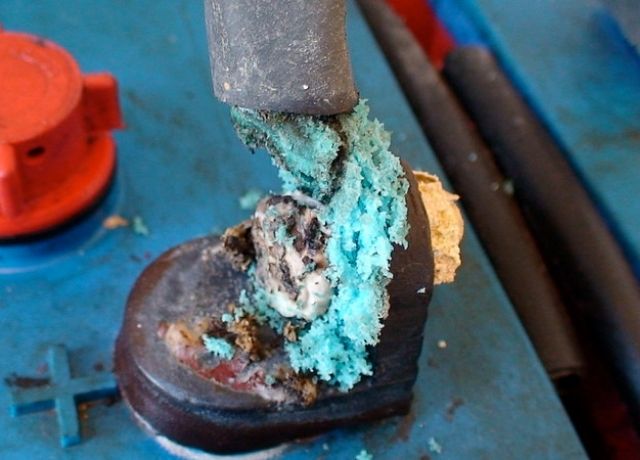
Look For Battery Corrosion:
Corrosion is the greatest killer of electrical conductivity. To prevent corrosion, check the battery for any signs of acid buildup. Don’t worry, we already have a detailed blog on how to clean battery terminals with baking soda and with coke as well, do check them out as well.
Corrosion on the bad starter solenoid connection, ground cable, and positive connecting cable should also be checked, in addition to battery terminals.
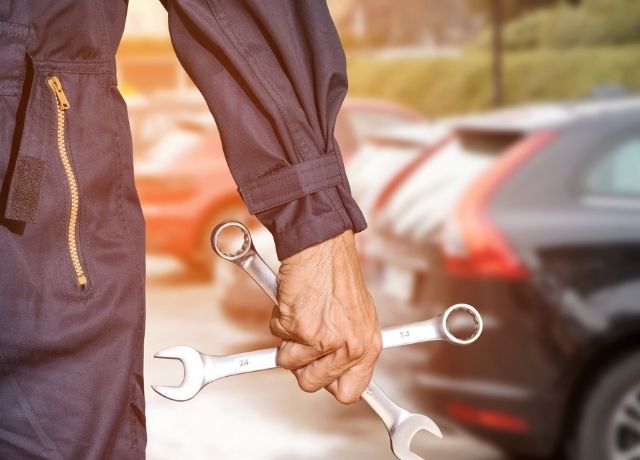
Hit the Starter Gently:
To quickly fix the starter motor, tapping it with a tool is one of the most typical solutions. The starter motor can be cleared of any debris by giving it a few good taps with an iron tool.
This method is very helpful for fixing occasional starting failures that occur in older vehicles due to the starter’s dead spots. Hitting the starter might help solve the problem by getting the armature spinning fast enough to start.
Modern cars, with their transversal engines, may not be able to use this method. When compared to older vehicles’ longitudinal engines, these engines’ starter is positioned at the rear of the engine. It’s nearly tough to get a grasp on the starters.
In such a situation, look for an extended bar or a ratchet extension to hit the starter gently. Keep in mind that this is only a short-term fix. It might go wrong at any time. It’s better to get it checked by a professional mechanic.
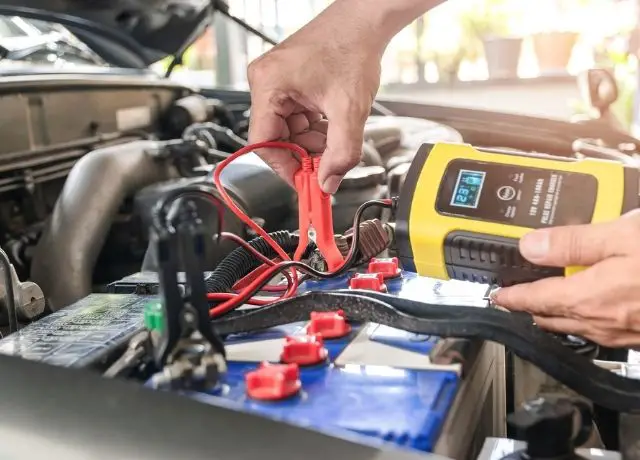
Jumpstart the Car:
Jumpstarters are super handy tools, but can you jump-start a car with a bad starter? Jumpstarting may get your car back on the road but it will be for time being. You must learn how to start a car with a bad automatic starter.
Connect the positive terminal of the jump starter to the positive terminal of the car battery. Keep the same procedure in mind on the negative end. Turn on the ignition key and give your car a few minutes to run to charge the dead battery.
Boost battery power pack may mitigate the problem by supplying the starter with a powerful surge of enough current. This added surge can help the armature overcome a dead spot allowing it to spin faster and start a car with a bad starter.
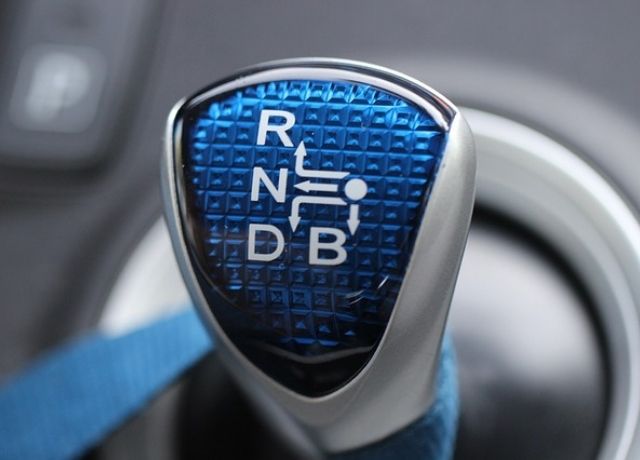
Adjust the Transmission:
How to start a car with a bad starter automatic? In the case of an automatic transmission car, people usually start the car in “park” gear. But if it didn’t start, try starting the car in “neutral” gear. If it starts, there may be a technical glitch such as a faulty neutral safety switch, that prevents the car from starting in the “park”.
Push-Start A Car With A Bad Starter:
How to start your car with a bad starter? The most common suggestion would be to push-start a car. If you have a manual transmission car then this is the most productive traditional way to get your car back on the road. This method works efficiently even if the battery is flat or the starter is bad.
Put the vehicle in first or second gear and depress the clutch to start the engine. As soon as your vehicle reaches a speed of 5 to 10 mph, release the clutch. Until you get your car started, repeat the process.
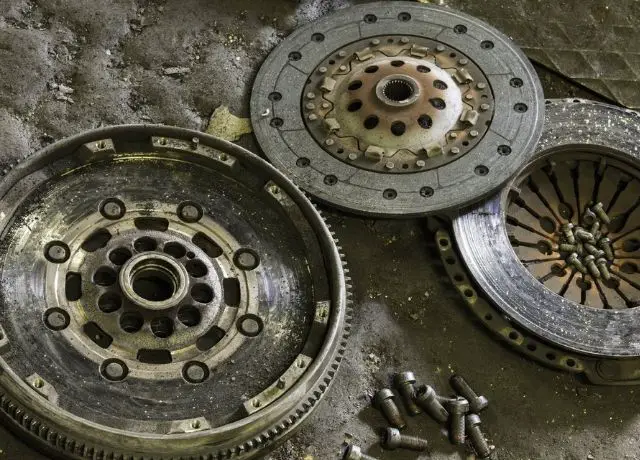
Inspect the Flywheel of the Car Engine:
If your vehicle would not start, the flywheel could be the culprit. Flywheels are big wheels that link the engine to the transmission. The starter is linked to the flywheel in an attempt to kick-start the engine.
The crankshaft can be rotated by loosening the center bolt on the pulley with a ratchet or breaker bar. You may find this pulley at the base of the engine. This pulley spins to generate electricity, which powers the car’s alternator, steering pump, and other accessories.
As soon as the flywheel starts to turn by itself, make a note of any damaged or missing teeth. If you find any damage to the flywheel, you won’t be able to start the engine.
Test Run the Starter Motor:
Make all of the necessary repairs to the starter motor after it has been inspected. Once the adjustments have been made, you should take the starter to an auto repair shop for a test run. The majority of the time, you will receive a complimentary service.
Taking the test run is necessary as it will expose the current state of the starter motor to know if it requires replacement.
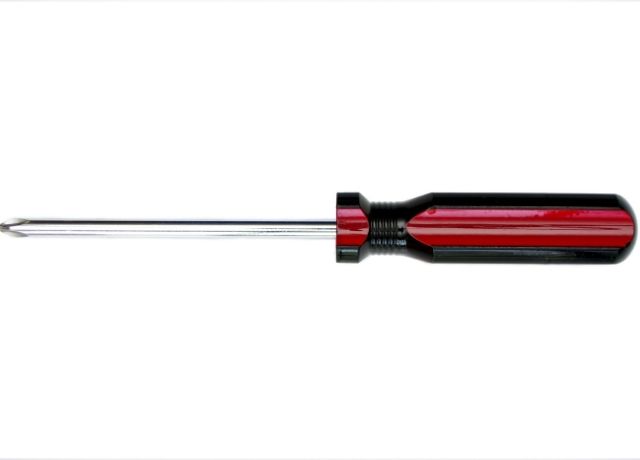
Bypass The Starter Relay:
Bypassing the starter relay is an old yet common method that has shown to be successful time and time again. This method is typically used on older vehicles, but it can also be used on newer vehicles that have a starter that can be reached with a screwdriver.
Sending a 12V to the starter solenoid coil is what we’ll be doing. In order to bypass the starter relay switch and directly supply the starter solenoid with 12V, use a screwdriver to connect both the solenoid and the starter positive terminal.
This will close the starting system circuit’s loop and the sudden power will be sufficient to start your car. This method will easily start a car with a bad starter.
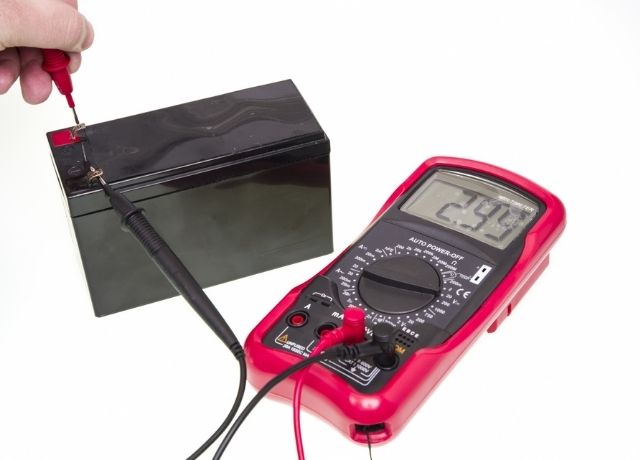
Check the Battery Voltage:
Use a voltmeter to measure the voltage of your car battery. This is to make sure your car battery has enough voltage to get the starter to run.
Set a higher voltage on the voltmeter than that of the battery to check its voltage. Connect the voltmeter to the battery terminal and turn on the headlights and record the reading on the voltmeter.
You can start your car if the voltmeter produces a reading of 12.4V – 12.6V, which indicates that your battery has enough power. Before attempting to start a car with a bad starter, if the readings are less than the recommended range, make sure the battery is fully charged.
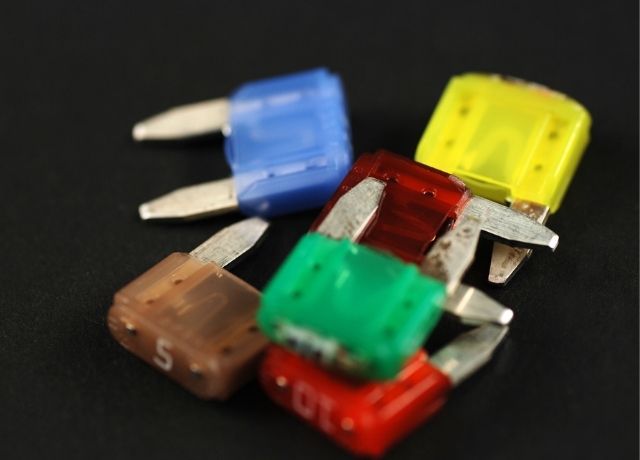
Check the Starter Fuse:
It’s the most basic step to check the starter fuse for a blown one. Remove the negative battery terminal first, then look for the fuse box on the driver’s side of the dashboard.
Once found, look for a starter fuse labeled as “IG”. Remove the fuse and visually inspect it for signs of a metal link inside. In case the link is broken, replace the fuse with one having the same amp rating.
These are the 13 spectacular ways using which you know how to start your car with a bad starter. Just keep trying one after the other, one among them will definitely work for you.
Frequently Asked Questions:
Q: Can You Jump Start a Car With a Bad Starter?
A: Yes! In the event of an unexpected breakdown, a fully charged extra battery and a set of jumper wires will be sufficient. The first thing to do is join the two batteries’ positive and negative ends together.
Turn on the ignition key and give your car a few minutes to run to charge the dead battery. This will start a car with a bad starter with the help of some additional power.
Q: How to Start a Car With a Bad Starter Automatic?
A: Some people think that these methods can’t be used in automatic transmission cars. There is really no difference in performance between these and other approaches, regardless of how the transmission is handled. There’s only one thing you can’t do, and that’s push-started the car because you can’t change gears.
Q: What are the Signs of a Bad Starter?
A: Though there can be various signs, the most common of them are:
Car not starting even with a fully charged battery
Slow starting speed
An oil-soaked starter
Strange click sound
Smoke coming out of the car
Dimming interior lights
A whirring sound.
Q: How to Start Your Car With a Bad Starter Using a Screwdriver?
A: You can use this technique to avoid using a starter relay. Using a screwdriver, attach the solenoid’s positive terminal to the starter’s positive terminal. The solenoid terminal will get a clean 12V supply as a result of this. By closing the loop in the starting system circuit, a sudden burst of power is generated, allowing one to start a car with a bad starter.
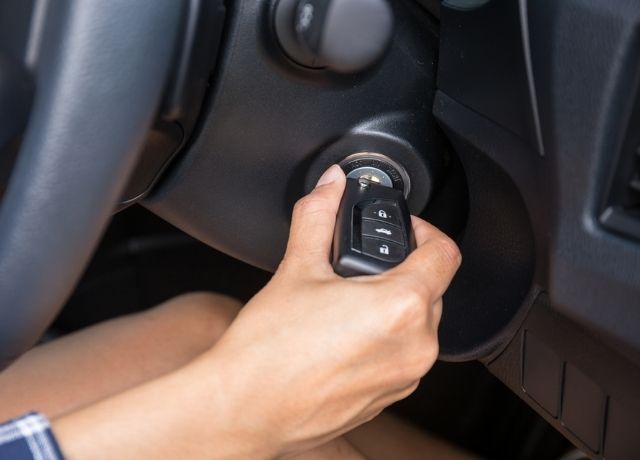
Conclusion:
A car’s starter is a critical component. A faulty starter is the root of all vehicle problems. An enormous issue can arise from this situation. Whatever the reason, you should read this post if you have a poor starter and want to quick fix it.
The 13 ways given above would go a long way to help you to start a car with a bad starter.
Remember, all these ways will get your car back on road temporarily. The better approach would be to get the faulty starter checked by a professional. Make sure to take action as soon as you notice any of the mentioned signs of a bad starter.
Make sure to check our latest posts as well. Thank You :).

